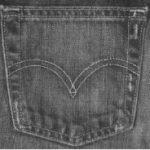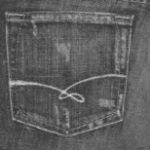What is the definition of trademark dilution?
Infringe on this?
If your mark is confusing similar to another’s, you may be infringing their mark. If another company thinks you might be, several things might happen.
- They might “kindly” demand you remove it from all of your material.
- They might sue you.
- They might ignore it without the money to litigate.
This is the bottom line. If it is never discovered, there may never be a problem. If it is discovered and you have lived with a logo on everything you do you would have to remove it and possibly pay damages? This is not a good game to play!
Careful planning and proper protection can avoid these problems. With social media sites, more than every your company profile if viewable. There is software available to search for infringing marks. Also with similar urls, search engines can expose you!
The issue has become so sensitive that the first case every was brought to court for using another’s trademark (in this case Binder and Binder the Social Security Disability Attorneys). Another law firm in California bought the trademarked key word “Binder and Binder” from Google. The court ruled that a trademark was protectable in a url and in a keyword.
In the case Levi Straus & Co. v. Abercrombie & Fitch Trading Co., No. 09-16322 (Feb. 8, 2011) the U.S. court of Appeals for the Ninth Circuit provided a clear-cut decision on trademark dilution, butr still leaves unaswered questions about trademark dilution.
Levi claimed that the Abercrombie & Fitch pocket design diluted their pocket stitching. Interestingly, Levi Straus did not seek damages, only a ruling of the boundaries for trademark dilution.
The district court ruled that the two marks were not identical.
Levi Strauss appealed claiming the mark was “nearly identical” know as “blurring.”
The court ruled that the “senior mark” making the claim of trademark dilution must prove that the “junior mark” is likely to impair the distinctiveness of the brand. Abercrombie’s argument of “harmless error” was rejected heeding a warning to all!
What does this mean? This is a Ninth Circuit decision is consistent with the Second Circuit and it is likely that other Circuits will make their own decisions on just how far trademark dilution can be pushed.



